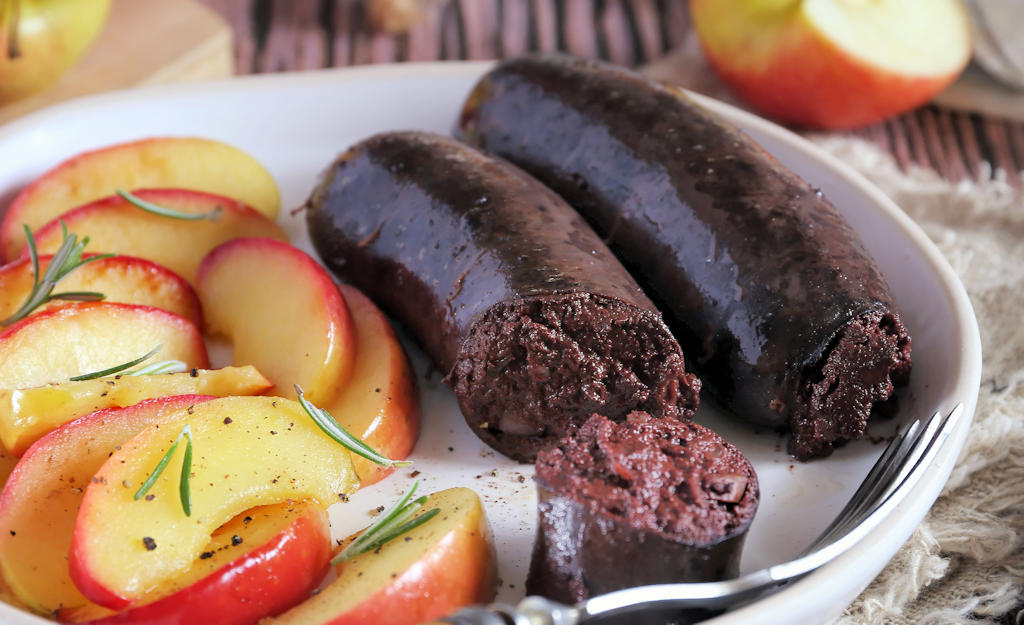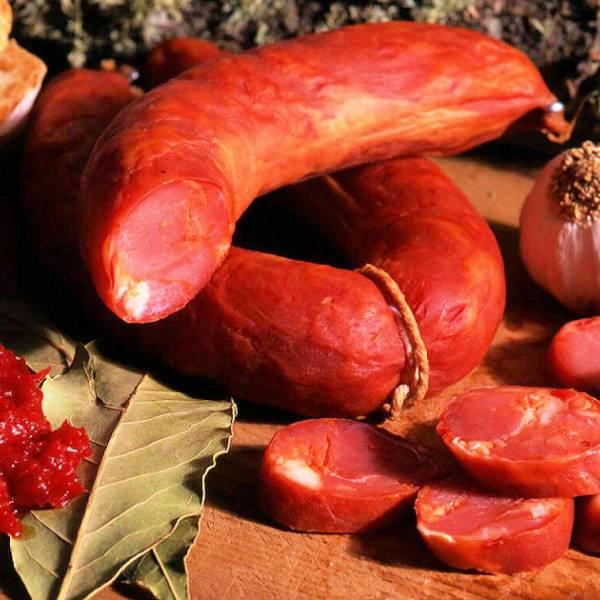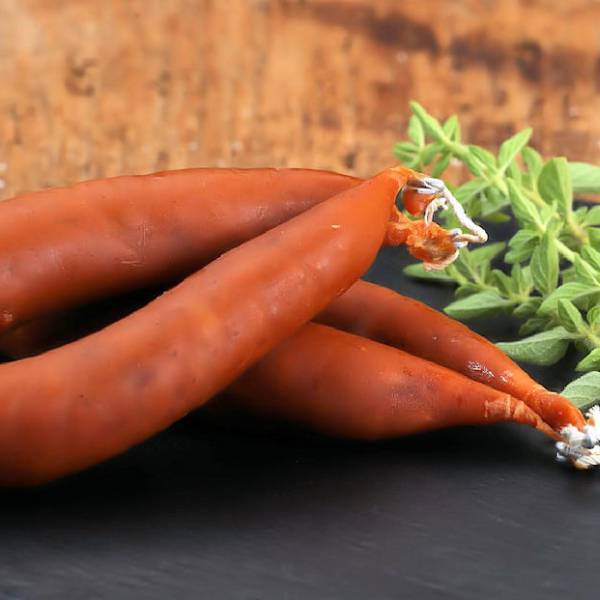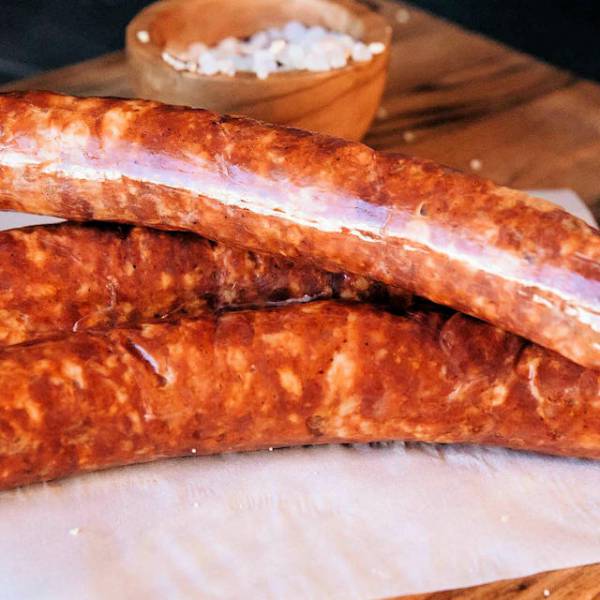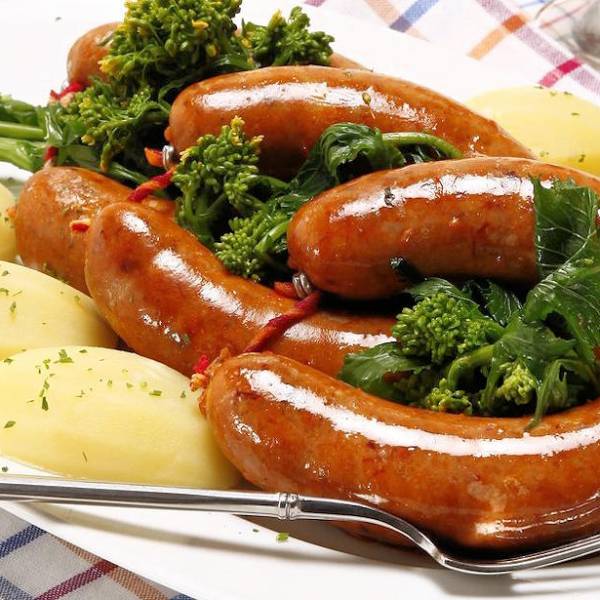The process of making morcela begins during the winter months when pigs are traditionally slaughtered. Every part of the animal is used, emphasizing the importance of sustainability in Portuguese cuisine. The blood is carefully collected in large pans and mixed with vinegar to prevent coagulation. Meanwhile, the meat and fat are meticulously cut into small pieces and seasoned with a delightful combination of garlic, onion, salt, pepper, cloves, cumin, and paprika.
Once the mixture is prepared, it undergoes a cooking process, transforming it into a dark, luscious sausage with a unique taste and texture. The next step involves stuffing the seasoned mixture into natural casings, which are cleaned and soaked in water to enhance their pliability. Utilizing a funnel or sausage stuffer, the casings are filled, and the sausages are then tied with string or metal clips.
The final touch in creating the perfect morcela involves cooking the sausages once more, either by boiling in water or smoking over wood for several hours. This step further intensifies the flavors, infusing the sausage with a delectable smokiness that enhances its overall appeal.
Lisbon.vip Recommends
Throughout Portugal, regional variations of morcela can be found, each showcasing its own unique blend of ingredients and cooking methods. This diversity adds to the charm of exploring the country's culinary tapestry, as each region imparts its own twist to this beloved sausage.
More than just a delicious treat, morcela reflects the history, culture, and culinary traditions of Portugal. As a nutrient-dense food, it offers a rich source of protein, iron, zinc, vitamin B12, and other essential minerals. Its versatility ensures that there is a morcela dish to suit every palate and occasion. For both avid enthusiasts of Portuguese cuisine and adventurous food lovers seeking something new and distinct, morcela is a must-try delicacy that promises to surprise and delight.


